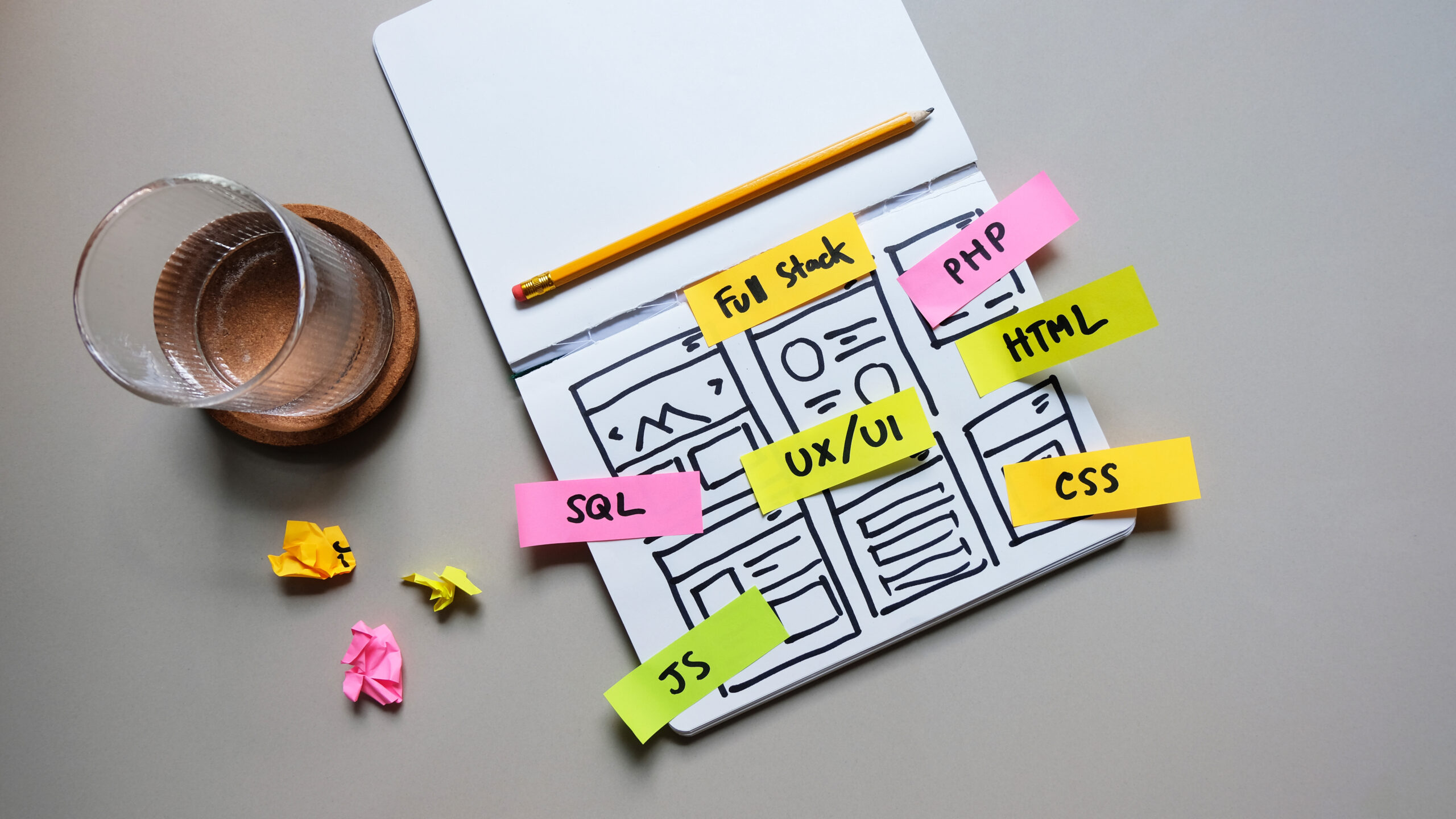*This article is an English translation of a Japanese article.
The “Understandable” principle in web accessibility guidelines ensures that content and interfaces are presented in a way that all users can comprehend and interact with intuitively. For users with cognitive or learning disabilities, providing content that is clear and easy to follow is essential. This article explores the “Understandable” principle in depth and offers practical implementation strategies.
What is the “Understandable” Principle?
The “Understandable” principle means that all web content and functions should be presented in a way that is predictable and accessible to every user. This principle includes several key standards:
- Using clear, readable language
- Consistent navigation and design
- Error messages and input assistance
Practical Strategies for Implementing the “Understandable” Principle
1. Use Clear and Concise Language
Avoid complex expressions and technical jargon to ensure users can easily understand the content. Using straightforward language helps reduce confusion and enhances comprehension for all users.
Example: Using simple language for descriptions
<p>To purchase items from this site, add products to your cart and then click the checkout button.</p>
2. Consistent Navigation and Design
Maintaining consistent navigation and interface elements across the site allows users to predict the layout and interactions on each page. Consistent design ensures that users know what to expect as they navigate.
Example: Structuring navigation links for clarity
<nav aria-label="Main Navigation">
<ul>
<li><a href="#home">Home</a></li>
<li><a href="#about">About Us</a></li>
<li><a href="#contact">Contact</a></li>
</ul>
</nav>
3. Input Error Assistance and Clear Feedback
Provide users with specific feedback on input errors to help them correct their entries. Error messages should be concise and clearly identify what the user needs to correct.
Example: Displaying an error message with instructions
<form>
<label for="email">Email Address</label>
<input type="email" id="email" required aria-describedby="error">
<div id="error" aria-live="assertive">Please enter a valid email format, such as user@example.com.</div>
</form>
4. Support Screen Readers with ARIA Labels
Use ARIA labels to ensure that important elements are accessible to screen reader users, making the function and role of each element clear and easy to understand.
<button aria-label="Add to Cart">🛒</button>
Tools for Verifying the “Understandable” Principle
To verify that your site is easy to understand, utilize the following tools:
- WAVE: Checks for visual and structural accessibility issues that might interfere with comprehension.
- Readability Testing Tools: Measures content readability to help ensure that language choices are simple and user-friendly.
- Keyboard Testing: Confirms that all functions are accessible via keyboard navigation, meeting accessibility standards for users who rely on keyboard input.
##Conclusion By adopting the “Understandable” principle, web designers create interfaces and content that are easy for all users to navigate and interact with. Implementing plain language, consistent design, and clear error messages can greatly improve the usability of your website.
Adhering to accessibility guidelines ensures a smoother and more inclusive web experience. Prioritizing an “Understandable” design fosters a web environment that is accessible to everyone.
We have released the UUU Web Accessibility Widget Tool, designed to make web accessibility easy to implement. This tool helps improve the accessibility of websites quickly and efficiently, even without specialized knowledge.
If you’re interested in enhancing your website’s accessibility, please check out the details. We are here to support you in making your website more user-friendly and accessible to a wider audience.
